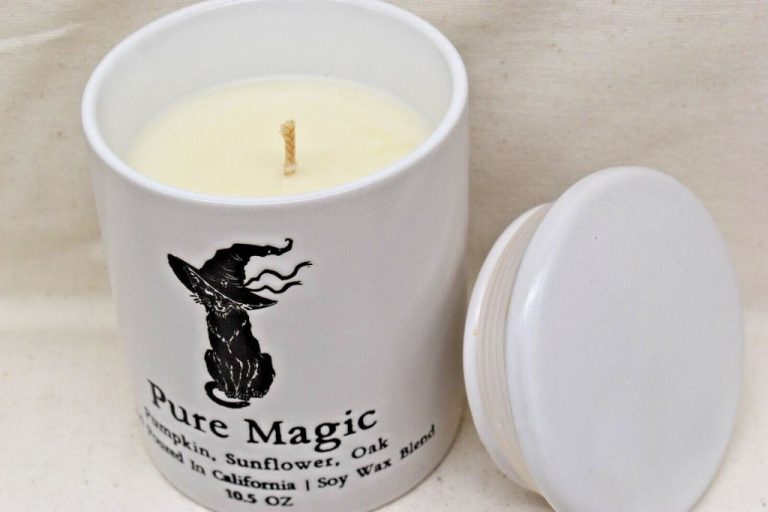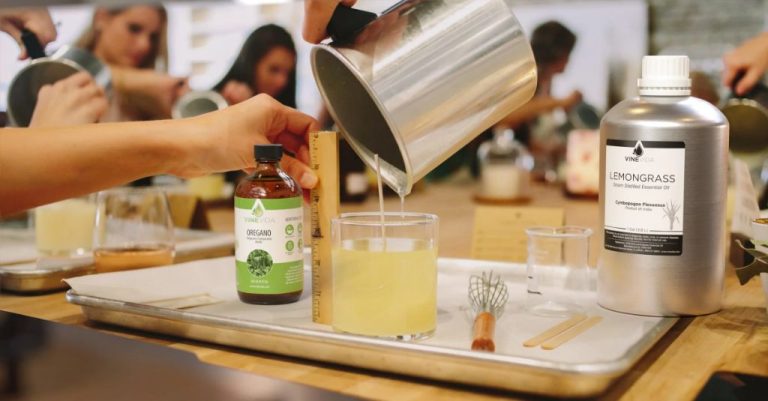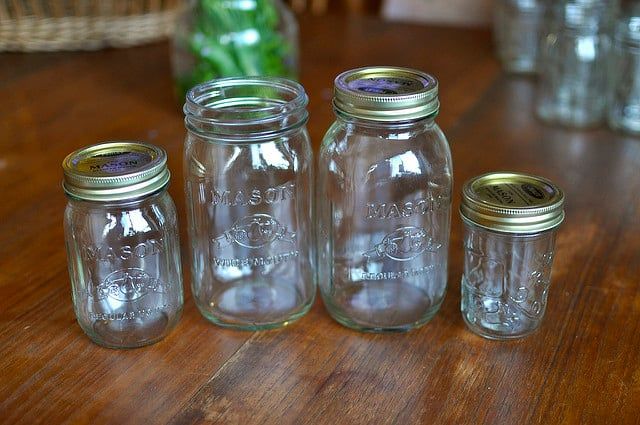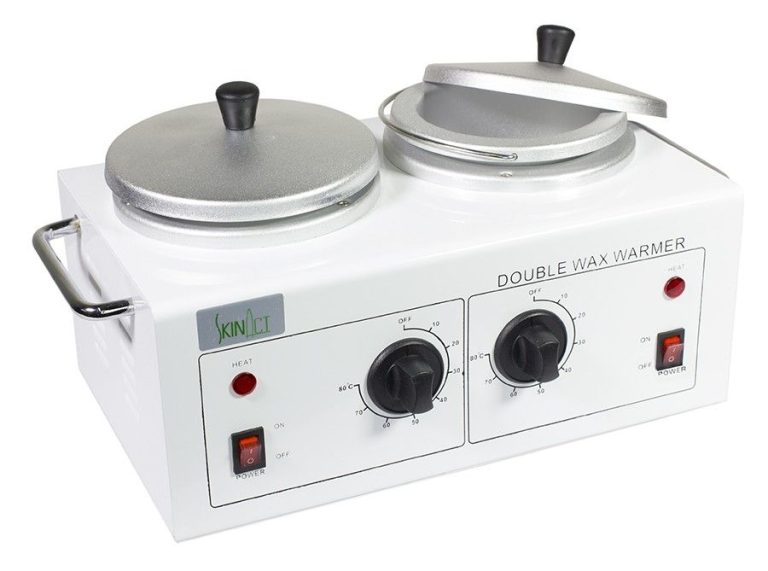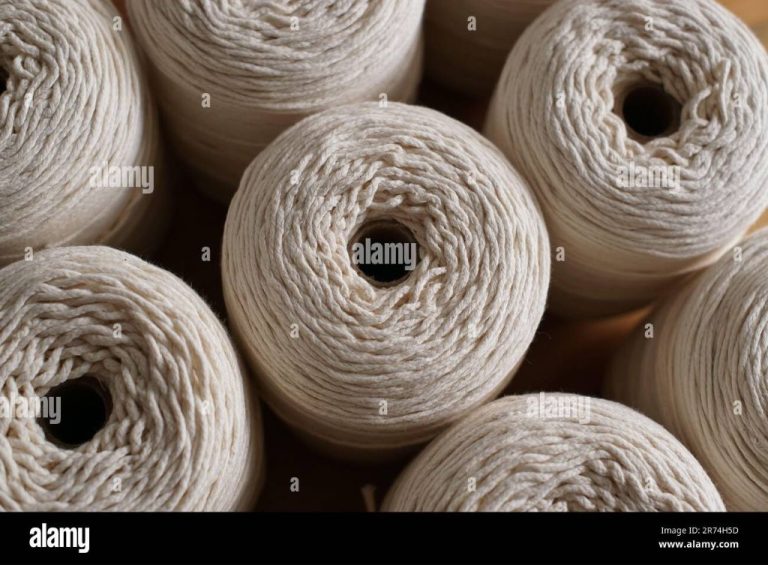Can I Use A Regular Wick For Butter Candle?
What is a Butter Candle?
A butter candle is a type of candle made by filling a mold or vessel with softened or melted butter and adding a wick. Unlike regular candles that use wax, butter candles utilize edible butter as the main base.
To make a butter candle, start by softening unsalted butter so it is easy to pour and mold. Clarified butter or ghee can also be used. Add any extra flavorings like herbs, spices, citrus, or garlic. Pour the butter into a candle vessel or mold of choice and insert a wick in the center. Butter candles can be made in a variety of shapes and sizes.
Butter candles have grown increasingly popular on social media platforms like TikTok, where videos demonstrate making ornate butter candles molded into shapes like roses or loaves of bread. The appeal lies in the soft ambiance the butter provides when lit, and the novelty of having an edible candle centerpiece. When finished burning, the melted butter can be spread on bread.
Sources:
https://www.today.com/food/trends/butter-candles-tiktok-rcna62377
Regular Wicks vs Butter Wicks
Regular candle wicks are typically made from materials like cotton, paper, or wood fibers. These materials are designed to withstand high temperatures and draw wax up the wick as the candle burns. However, regular candle wicks are not meant for use in edible butter candles.
Wicks designed for butter candles are made from food-grade materials that are safe to eat. Common materials include unbleached cotton thread, beeswax-coated paper, and wood skewers made from birch or bamboo. These wicks are designed to slowly melt butter without releasing any toxic chemicals or imparting off flavors when burned.
The main difference is that regular candle wicks contain materials like zinc, lead, or chemicals that should not be ingested. Butter candle wicks use food-safe materials that won’t release toxic substances when heated or eaten. It’s important to use wicks specifically made for edible butter candles, not standard wicks meant for regular candles.1
Can You Use Regular Wicks in Butter Candles?
Whether you can use a regular wick in a butter candle depends on the specific wick and butter used. In general, regular candle wicks are not ideal for butter candles.
The main drawback of using a regular wick is that most are not food-safe or intended for direct consumption. Standard candle wicks may contain materials like zinc, lead, or paraffin that you do not want to ingest. Edible, food-safe wicks are recommended for butter candles. According to https://ainttooproudtomeg.com/viral-butter-candle-recipe/, “if any wick claims to be edible, you probably shouldn’t eat it!”
However, some people do report successfully using regular braided cotton wicks with natural bee’s wax or soy wax candles. 100% cotton may be safe, provided no dyes, glues or chemicals were used in processing. But there could still be a risk of contamination.
The other issue with regular wicks is they may not burn cleanly through butter. The high fat content causes more melting and pooling compared to wax candles. Thicker, wider wicks work better to absorb and burn the liquid butter. Specialty butter wicks are designed for this purpose. If the wick is too thin, it can drown and get snuffed out.
In summary, for the best results it’s advisable to use a wick specifically made for edible, butter candles. But in some cases, a 100% natural cotton wick may potentially work. Test any regular wicks first and carefully inspect their ingredients before consuming.
How to Choose the Right Wick
Choosing the right wick is crucial for a properly burning candle. There are several key factors that determine the ideal wick for your candle:
Wick width – Thicker wicks are needed for larger diameter candles to prevent tunneling while thinner wicks work better for smaller candles to avoid sooting. As a general guideline, use a larger wick for containers over 3 inches and a smaller wick for containers under 3 inches.
Candle diameter – The diameter of the candle container determines how large the melt pool needs to be for an even burn. Larger candles need wider wicks to sustain a bigger melt pool while smaller candles only require a narrow wick.
Wax type – Wax with a lower melting point like soy wax requires a smaller wick than wax with a higher melting point like paraffin or beeswax. The thicker the wax, the larger the wick needed for proper capillary action.
Proper wick sizing results in an even burn with a full melt pool and no tunneling, mushrooming, or sooting issues. Consulting manufacturer guidelines and testing different widths is key to finding the ideal wick for your specific candle recipe and container.
Best Wicks for Butter Candles
When choosing a wick for butter candles, it’s important to select one that is specifically designed for use in edible candles. The wick needs to be food-safe and made from materials that will burn cleanly without producing toxic fumes. Here are some recommendations for the best wicks to use in butter candles:
100% cotton wicks are a top choice for butter candles. Cotton burns slowly and evenly, which helps prevent tunneling. Look for braided cotton wicks that have been pre-primed with wax for the best performance. According to iamafoodblog.com, 100% cotton food safe wicks like those from Candlewic are a good option.[1]
Beeswax wicks are another excellent choice, as they are made from natural, edible ingredients. Beeswax is highly flammable so it burns cleanly. The Paddywax brand makes pure beeswax wicks that work well in butter candles.
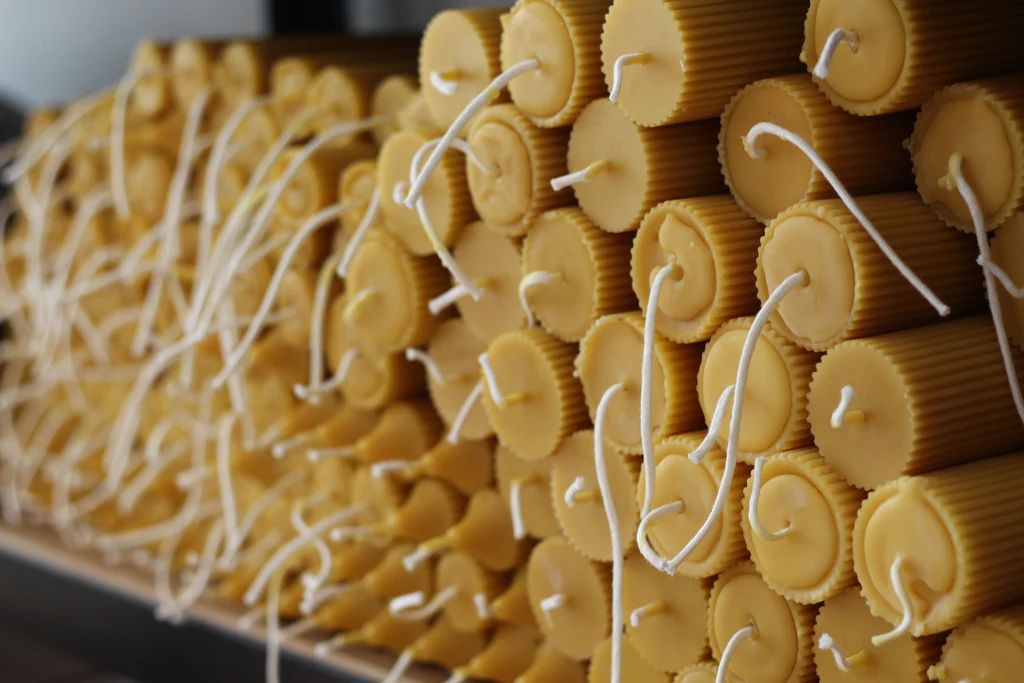
Hemp wicks are also recommended for butter candles, as hemp fiber is natural and safe. Look for hemp/beeswax blend wicks, like those from Natural Candle Supply. The hemp helps the wick burn slower and prevents clogging.
No matter what wick you choose, look for quality braided or twisted wicks specifically marketed for use in edible candles. And be sure to test the wick to ensure it burns smoothly without excess smoking or sooting.
Wick Maintenance for Butter Candles
Proper wick maintenance is crucial for getting the best performance from your butter candles. Unlike regular candles, butter candles require more care when it comes to trimming and centering the wick.
The wick on a butter candle should be trimmed to 1⁄4 inch before lighting. This helps ensure an even burn and prevents mushrooming at the tip of the wick which can lead to smoking or an uneven melt pool. The wick needs to be kept short and straight for optimal performance.
It’s recommended to trim the wick after every few hours of burn time. Use sharp scissors to snip off any blackened ends and maintain the 1⁄4 inch height. Trim only when the candle is cold.
Centering the wick is also important. If the wick is off-center, it can start to burn down one side faster leading to tunneling. Gently move the wick back to the center of the candle if it starts to drift off center. You can use a skewer or toothpick to help reposition the wick.
With proper wick trimming and centering, your butter candle will burn evenly from top to bottom and provide many hours of use. See this guide for more tips on maintaining butter candles.
Troubleshooting Butter Candle Issues
Butter candles can develop some common problems that can be frustrating, but are often easy to fix with a few simple troubleshooting steps. The main issues that arise with butter candles are tunneling, poor scent throw, and sooty residue.
Fixing Tunneling
Tunneling is when a hole forms in the center of the melting butter, causing the candle to burn unevenly. This happens when the wick is too small for the candle diameter. To fix, use a larger wick next time, or embed a piece of sturdy string into the tunnel after blowing out the candle to act as a secondary wick.
Improving Scent Throw
If your butter candle has weak scent throw even when warm, the wick may be too small. Try a larger wick so the candle burns hotter and releases more fragrance. You can also add more essential oils to the butter blend. Overwicking can cause more soot though, so increase wick size gradually.
Preventing Soot Buildup
Excess soot forms when a wick is too large for the candle size. Trim your wick before each burn to prevent mushrooming and clip off any blackened tips. Switch to a smaller wick to lower the flame height. Soot can also come from additives like spices, so use those sparingly.
With some troubleshooting and wick adjustments, you can fix many typical problems that arise with butter candles. Proper wicking is key for even burning, hotter wax pools, and cleaner burns.
Safety Tips for Butter Candles
Butter candles may seem like harmless fun, but it’s important to keep fire safety in mind when burning them. Here are some tips for safely enjoying butter candles:
Use an edible, food-safe wick designed for edible candles. Regular wicks contain materials that should not be ingested and can give off harmful fumes (https://iamafoodblog.com/butter-candle/). Opt for an unbleached cotton or hemp wick made especially for edible candles.
Keep the butter candle away from flammable materials like curtains, paper, and upholstered furniture. Place it on a safe, heat-resistant surface at least 3 feet from anything that can catch fire.
Never leave a burning butter candle unattended. Stay nearby to monitor the flame and extinguish it before all the butter has melted.
Have a lid or snuffer on hand to quickly put out the flame if needed. It’s unsafe to blow out a butter candle with your breath.
Use a candle holder or tray to catch any melted butter that may drip down the sides. This helps avoid messes.
Consider placing the candle on a trivet or hot pad if using a delicate table or surface. The bottom of the candle may get hot.
Don’t allow children or pets near a burning butter candle, as they could accidentally knock it over and cause a fire or injury.
Never leave a burning candle unattended or sleep while it’s lit. Fires can occur in seconds, so constant supervision is a must.
Creative Uses for Butter Candles
Beyond just lighting and decor, there are many unique and creative ways you can use butter candles:
Edible candles – Butter candles can be eaten! Spread on bread or dip fruit and veggies for a fun, interactive centerpiece. Get creative with flavors by adding herbs, honey, garlic, etc. Just be sure to use an edible wick.
Flavored butters – Melt down the butter after the candle burns out and use it to make flavored butters. Try mixing in rosemary, cinnamon, or citrus zest for compound butters to put on meats, veggies, and breads.
Cooking and baking – You can bake and cook with butter candles once the candle has burned out. The leftover butter can be used to make cookies, cakes, sautéed veggies, and more. It adds a lovely subtle flavor.
Culinary gifts – Give a homemade butter candle as a housewarming or hostess gift. Include a tag with ideas on how to use the butter once the candle has burned down. Pair it with a loaf of bread or package of rolls.
Table centerpiece – Use a large butter candle as a beautiful non-floral centerpiece for special occasion dinners and holiday meals. Flatten and carve designs into the butter before lighting for extra flair.
Ice cream topping – Drizzle melted butter candle over ice cream for a decadent treat! Salted butter caramel is especially delicious.
Frequently Asked Questions
Here are some common questions about making, burning, and troubleshooting butter candles:
Can I use regular candle wicks for a butter candle?
No, you should not use a regular wick for a butter candle. Regular wicks are made from materials like cotton that are not designed to withstand direct contact with butter. For butter candles, you need to use a special food-grade wick made from paper or other edible materials.
Why does my butter candle produce a lot of smoke?
Excess smoke can be caused by using the wrong type of wick. Make sure you are using a wick that is the proper width for the size of your butter candle container. A wick that is too wide for the candle will produce excess soot and smoke. Additionally, you may need to trim your butter candle wick to be slightly shorter to prevent it from burning too high and causing smoking.
How do I get my butter candle to burn longer?
To extend burn time, use high-quality butter with a higher smoke point. Clarified butter or ghee are good choices. Make sure the candle wick is centered properly and trimmed to 1⁄4 inch before lighting. You can also add beeswax to the butter to help harden it and extend the burn time. Start with 5-10% beeswax by weight mixed into the melted butter before pouring into the container.
Why is my butter oozing out of the container when lit?
This happens if the butter becomes too warm and liquidy. Make sure your candle is not placed directly in front of a vent or heat source when burning. Burn the candle for shorter periods of time, blowing it out periodically to allow the butter to re-harden. You can also add more beeswax to make a firmer butter candle blend.

